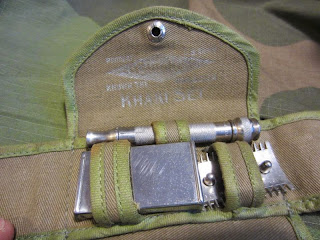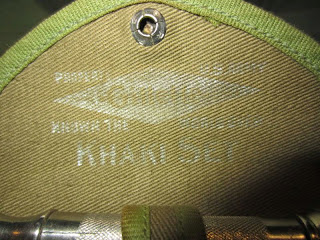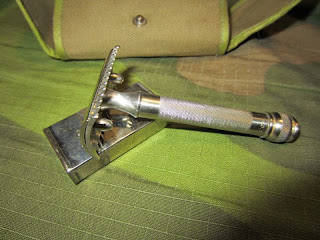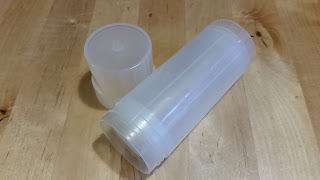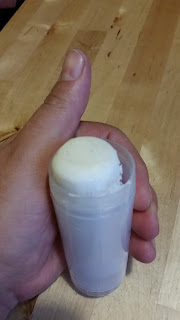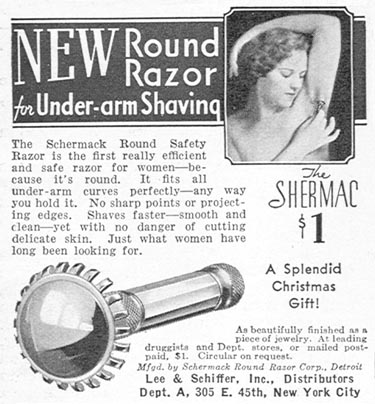A few months back I got my hands on an old soldier – thanks to a fellow gentleman over at my favourite shave forum – and I’ve put the old warrior into use again when I take to the field. He don’t live in my GoBag, but I use him when I’m away on training and when I’ve to spend the night at base.
I’m talking about my Gillette Khaki Set, off course. The serial number marks him as a mid 1918 production, and the single button enclosure he lives him is usually encountered with the first Khaki Sets manufactured for the US Army when they got entangled in the Great War.
The razor itself is a “typical” Old Type Ball End, and the handle has suffered the all too typical crack, without degrading the experience or making the razor less excellent. To me it simply highlights the fact that the old warrior is getting close to a hundred years old, and I actually decided against repairing it for now.
My kit is overall definitely “user grade”: the mirror has gone AWOL at some point, which apparently detracts from the collectors value of the kit… good thing I’m not collecting, but using it. The blade holder is still in great shape, as is the enclosure itself. The print on the inside of the flap has worn a fair bit, but is still legible with the help of a bright lamp.
The Razor itself is a reasonable mild razor, at least when paired with a blade such as the Perma-Sharp Super. The ball on the end of the handle makes it somewhat tail heavy, which could help people new to traditional wetshaving keeping a low pressure. The chequering on the handle is still sharp, which helps with gripping the razor with slippery fingers – being from too much lathering or from the mud of Flanders… even if you’re not in the marked for a Khaki Set, I can definitely recommend a Gillette Old Type.
Value – priceless, given the history.
Quality – high for the whole kit, having been around for almost a hundred years and still in great shape.
User friendliness – uhm.. it’s a three piece razor, how can it not be user friendly?
Grip – as mentioned, great after all these years.
Blade replacement – again, it’s a simple three piece razor.
Aggressiveness – midrange, despite some claims online that the Old Type is aggressive.
Balance – heavy in the tail
Overall – a good razor in a great kit.
Like this:
Like Loading...






